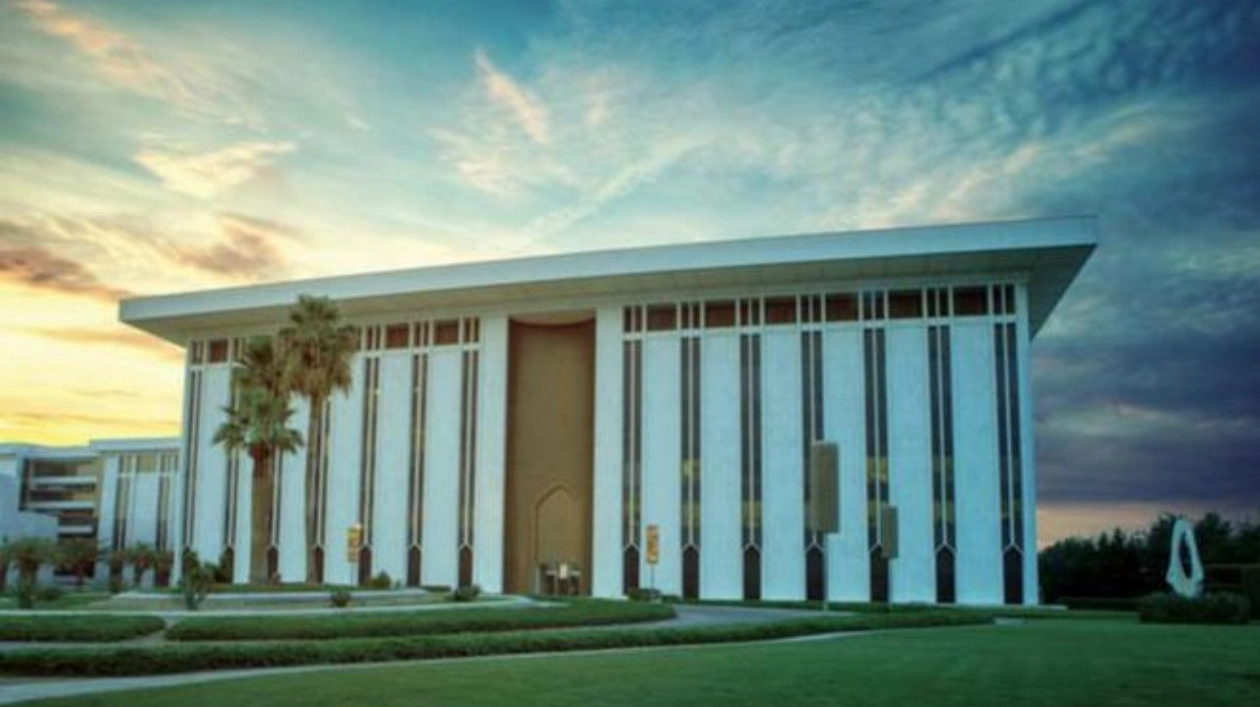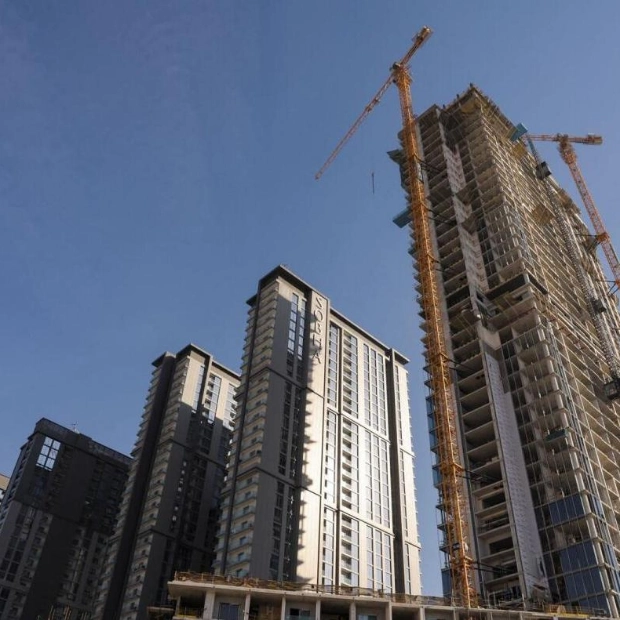RIYADH: Saudi Arabia's official reserve assets climbed to SR1.71 trillion ($456.97 billion) in September, reflecting a 4 percent year-on-year increase, according to recent data.
Figures from the Saudi Central Bank, known as SAMA, indicate that these reserves encompass monetary gold, special drawing rights (SDRs), the International Monetary Fund's (IMF) reserve position, and foreign reserves. The latter, which includes currency and deposits abroad along with investments in foreign securities, constituted 94.5 percent of the total, amounting to SR1.62 trillion in September. This category saw a 4.11 percent growth during the period.
September's data showed that SDRs rose to SR79.86 billion, marking a 4.18 percent increase and reaching their highest level in two and a half years. SDRs now represent 4.66 percent of Saudi Arabia's total reserves. Created by the IMF to augment member countries' official reserves, SDRs derive their value from a basket of major currencies, including the US dollar, euro, Chinese yuan, Japanese yen, and British pound sterling. They can be exchanged among governments for freely usable currencies when necessary.
SDRs offer additional liquidity, stabilize exchange rates, serve as a unit of account, and facilitate international trade and financial stability. The IMF reserve position stood at approximately SR12.64 billion, but decreased by 11.45 percent during this period. This category signifies the amount a country can draw from the IMF without conditions.
Saudi Arabia's official reserves are a cornerstone of the nation's economic stability and are closely linked to its strategic investments in foreign securities. The Kingdom's reserves include a diverse portfolio of foreign assets, spread across various currencies and geographies, ensuring a robust financial buffer against global economic uncertainties.
This prudent reserve management has enabled Saudi Arabia to maintain a resilient fiscal position and a strong credit rating, affirmed at 'A/A-1' by S&P Global, which recently upgraded the Kingdom's outlook to positive due to its sustained reform momentum. In line with Vision 2030, Saudi Arabia has implemented an expansionary fiscal policy to support transformative projects aimed at reducing its economic reliance on oil.
This ambitious agenda has resulted in budget deficits, prompting the country to access debt markets to finance key infrastructure and social initiatives. Despite the increase in debt, the Kingdom remains fiscally sound, with ample reserves and substantial net assets, projected to exceed 40 percent of GDP through 2027 according to S&P Global.
This buffer highlights Saudi Arabia's ability to absorb potential economic shocks while continuing to pursue its development objectives. The nation's significant reserve base not only supports its economic stability but also provides the flexibility to adjust spending on large infrastructure projects as needed, balancing growth and fiscal discipline.
This strategy is crucial as Saudi Arabia aims to nurture its non-oil sectors, supported by the Public Investment Fund and other governmental entities. The PIF's role in fostering a diversified economy is integral to Vision 2030's goals, from investments in renewable energy to technology and healthcare, creating a more resilient and diversified economic foundation.
With a positive outlook and a strategic focus on sustainable growth, Saudi Arabia's economic reforms are anticipated to drive robust non-oil growth over the medium term, further solidifying the Kingdom's fiscal stability and boosting investor confidence in its long-term economic vision.
Source link: https://www.arabnews.com






